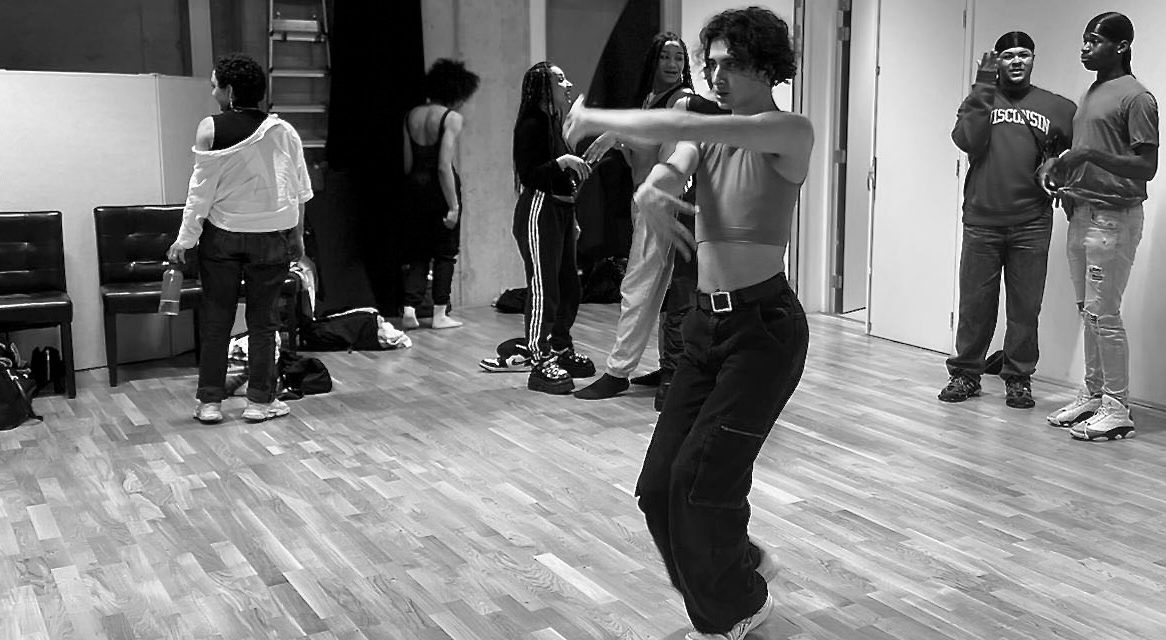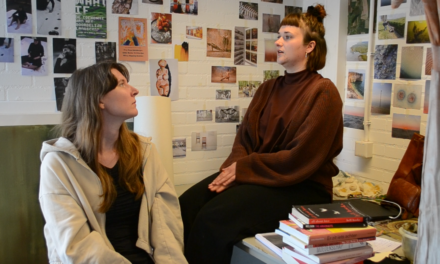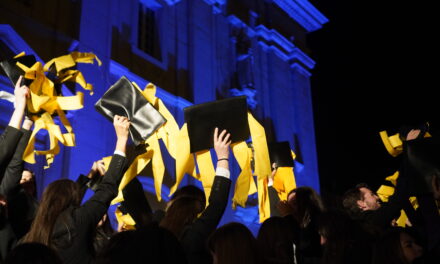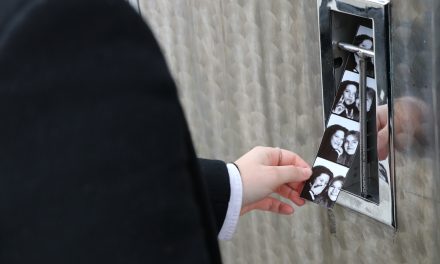Underground safe spaces for queer people have been around for centuries. And as society gets more accepting, assimilation seems inevitable. Seemingly good, it is however putting queer culture at a risk of eroding.
The queer community has always had spaces they called their own. Places formed to help bring a sense of belonging through times of oppression and illegalization. These spaces appear in various forms such as the ballroom, bars, and clubs where the core purpose is the meeting of likeminded people and the ability for identity expression. “You shouldn’t romanticize the exclusion that is being queer. But there was this sense of pride feeling that this is our culture”, Jens Rydström, professor in gender sciences at Lund University, says.
As time has passed there has been a general shift towards a more openminded attitude in society. Still a long way to go, the changing attitudes has helped these usually closed-off spaces to expand into the mainstream. “It is good that the lines between hetero and homo binarity are blurring, however, it is still important that people feel safe”, Jens Rydström says.
An UCL Laboratory report, showed that between 2006 and 2017 bars, nightclubs and performance venues in London went from a total 125 to 53. A total net loss of 58 percent of queer spaces. The reasons not entirely certain, assimilation is often considered as a prominent driving force.
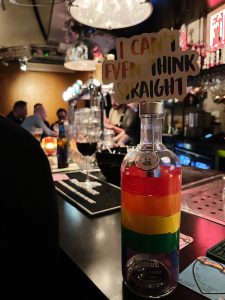
Queer bars has also experienced a surge in non-queer customers.
Jeroen Koch has been a part of the Utrecht ballroom scene for almost a year. Reminiscing about his first ball experience, he explains he felt ‘emotional’ and a sense of admiration for the people participating. “It is a space where queer people celebrate other queer people”, he says.
“In a way I hope that when ballroom is seen, people know what it is. But then a lot of people might come into these spaces thinking that they can be there for the entertainment. Which it is not.”
And lastly, he adds; “It’s a fragile community. We don’t want to see a gentrification of ballroom or influence from people it was not created for.”
